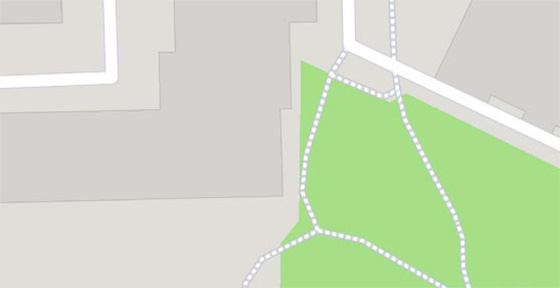The Bavarian National Museum is one of the largest (over 40 exhibition rooms) museums in Germany and one of the most interesting museums of applied art in the world. It has thousands of exhibits of world art (from antiquity, through the Middle Ages, the Renaissance, Baroque, Rococo to Art Nouveau) and a rich collection of works representing Bavarian art and folklore (furniture, porcelain, everyday objects, clothes).
Products from gold, ivory and glass, tapestries and porcelain are represented in the Munich Museum's collections. The museum also has a very rich collection of works representing the birth of Jesus Christ, dated to the seventeenth and nineteenth centuries, which come from all over Europe. They represent the highest class of sculptural craftsmanship, they are often made of precious materials, and some surprise with exotic elements, such as the eighteenth-century Escape to Egypt, depicting the meeting of the Holy Family with monkeys, crocodiles and hippos on the Nile.
The Bavarian National Museum was founded in 1855 by King Maximilian II, during whose reign (1848-1864) Munich became a cultural and scientific mecca. It is the only object that has been adapted from the ground up for the purpose of presenting specific periods in art and culture. Architect Gabriel von Seidl has meticulous care that the interior of the exhibition halls is formally and stylistically convergent with the era from which the exhibits come.
Attractions inside




